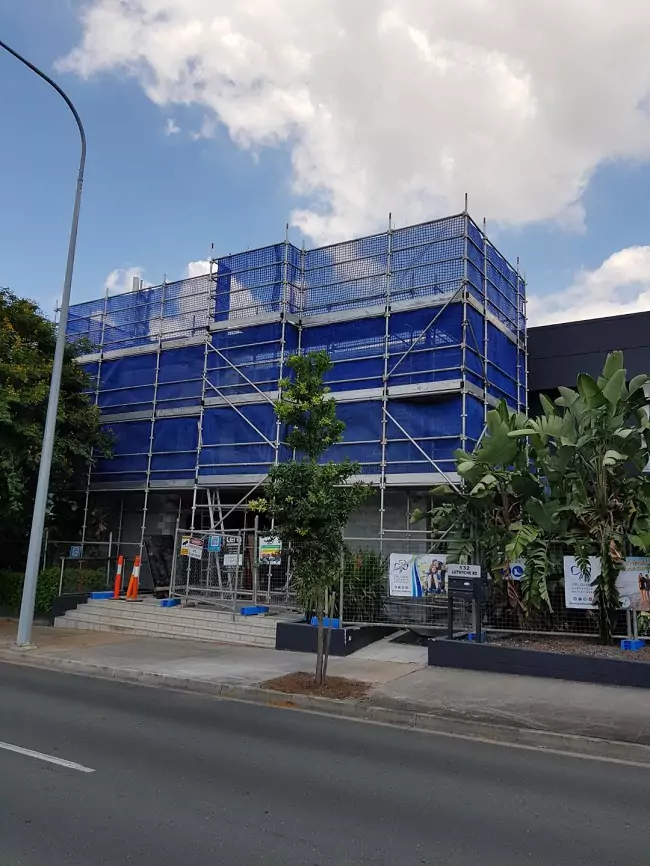The construction industry is constantly relying on tower cranes to lift heavy materials. These pieces of equipment can withstand loads of up to 265 feet above the ground.
A tower crane consists of three main parts: the mast, the slewing unit, and the jib or working arm. All of these components have a variety of roles in the crane’s operation.

What is a Tower Crane?
A Tower Crane is a piece of heavy machinery that can lift several tons to precarious heights. These cranes are essential to many construction projects, and they make a lot of work a lot easier and safer.
The most recognizable part of a tower crane is its lattice work. This is the jib and counter jib that you see sticking out horizontally from the top of the mast or tower.
Besides the jib and counter jib, there are other important parts of a tower crane that make it function. These include the working jib, a shorter component that is attached to the jib and is used to raise and lower loads.
The working jib has motors, electronics and counterweights that help the crane lift loads. There is also a cab, which is where the operator sits while operating the tower crane.
Tower Crane Design
Tower cranes are designed in a way that allows them to work efficiently in tight spaces. This means that they’re ideal for working in urban metro areas and downtown work sites where there’s limited space on either side of the building.
Once the tower crane’s vertical mast is assembled, an operator’s cab and turntable are attached to it. From there, the horizontal jib and the hoist & hook (a trolley mechanism) are connected.
Another important factor in designing the tower crane is where it will be installed. Ideally, it should be positioned outside the construction plan floor so that it doesn’t obstruct development progress or cause any issues with subsurface water.
One of the ways that you can make a tower crane even more effective is to install a luffing unit, which can lower or raise its jib. This reduces the slewing radius and allows you to work in narrow areas with less risk of collision.
Tower Crane Functions
Tower cranes are used for heavy lifting in bridge construction projects. They offer a combination of load capacity, flexibility in height and working range that cannot be matched by other types of cranes.
A typical tower crane is comprised of a long horizontal jib, a machinery arm, an operator’s cabin and concrete counter weights to balance the load being lifted. The operator controls the crane by sitting in a cab at the top of the tower or by using radio remote control from the ground.
In addition to construction and infrastructure, tower cranes are also used for lifting heavy loads in power plants and industrial facilities. They are a vital tool in these industries as they can handle large volumes of materials safely and efficiently.
Tower Crane Safety
In bridge construction, Tower Cranes are an essential tool for heavy lifting. They are a key component in completing projects on time, safely and within budget.
To ensure safe operation, cranes should be inspected and maintained regularly (every day). Before a lift begins, the operator performs a pre-start check to verify all safety devices are functioning properly.
On truck mounted, wheel-mounted / crawler mounted units, outriggers should be extended and jacks set before the crane is used to lift rated safe working loads. They should also be leveled to their rated height and plumb to the manufacturer’s tolerance.
Tower Cranes are often positioned near subsurface infrastructure services such as gas and sewage lines. Special foundations are required to prevent the tower crane from interfacing with these lines and the outermost underground section of the structure. These arrangements must be planned well ahead and may involve coordination between the project, Morrow Equipment engineers and erectors.

